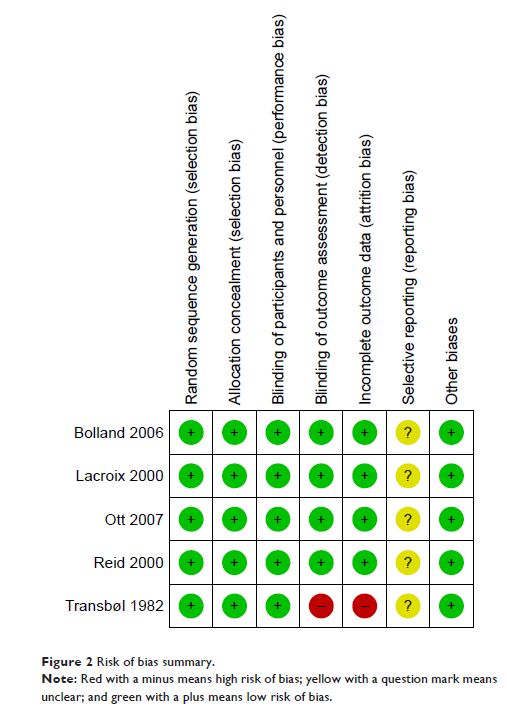108384
论文已发表
注册即可获取德孚的最新动态
IF 收录期刊
- 3.4 Breast Cancer (Dove Med Press)
- 3.2 Clin Epidemiol
- 2.6 Cancer Manag Res
- 2.9 Infect Drug Resist
- 3.7 Clin Interv Aging
- 5.1 Drug Des Dev Ther
- 3.1 Int J Chronic Obstr
- 6.6 Int J Nanomed
- 2.6 Int J Women's Health
- 2.9 Neuropsych Dis Treat
- 2.8 OncoTargets Ther
- 2.0 Patient Prefer Adher
- 2.2 Ther Clin Risk Manag
- 2.5 J Pain Res
- 3.0 Diabet Metab Synd Ob
- 3.2 Psychol Res Behav Ma
- 3.4 Nat Sci Sleep
- 1.8 Pharmgenomics Pers Med
- 2.0 Risk Manag Healthc Policy
- 4.1 J Inflamm Res
- 2.0 Int J Gen Med
- 3.4 J Hepatocell Carcinoma
- 3.0 J Asthma Allergy
- 2.2 Clin Cosmet Investig Dermatol
- 2.4 J Multidiscip Healthc

噻嗪类药物对骨质疏松症患者血清和尿钙水平及骨密度的影响:一个系统评价和荟萃分析
Authors Cheng L, Zhang K, Zhang Z
Received 9 July 2018
Accepted for publication 19 September 2018
Published 14 November 2018 Volume 2018:12 Pages 3929—3935
DOI https://doi.org/10.2147/DDDT.S179568
Checked for plagiarism Yes
Review by Single-blind
Peer reviewers approved by Dr Cristina Weinberg
Peer reviewer comments 3
Editor who approved publication: Dr Sukesh Voruganti
Objective: Osteoporosis is
the most common metabolic bone disease and a major public health problem
worldwide. Thiazides are widely used as antihypertensive agents with good
tolerability and efficacy. Furthermore, thiazides have long been regarded as
candidates for the prevention of postmenopausal bone loss. However, there is insufficient
evidence that thiazides have a sustained beneficial effect on preserving bone
mass and preventing osteoporosis to date.
Materials and methods: We searched the
PubMed, the Cochrane Library, and Embase in June 2018 for randomized controlled
trials on the use of thiazides to treat osteoporosis. Continuous outcomes are
presented as the standardized mean difference (SMD) and 95% CI.
Furthermore, P -values <0.05 were considered significant.
Results: Five
trials with 756 patients were randomly assigned in the five trials included in
this meta-analysis. Serum calcium level was higher in the thiazide group than
in the control group (SMD 0.33, 95% CI [0.16, 0.50]), and urinary calcium level
was significantly lower in the thiazide group (SMD -0.35, 95% CI [-0.52,
-0.17]). There was no significant difference in bone mineral density between
the two groups (SMD 0.19, 95% CI [-0.16, 0.54]).
Conclusion: Thiazides
might play a role in preserving bone mass and be effective in the prevention
and treatment of osteoporosis. Future high-quality trials are needed to confirm
our findings in the future.
Keywords: thiazides,
osteoporosis, serum calcium, urinary calcium, bone mineral density
